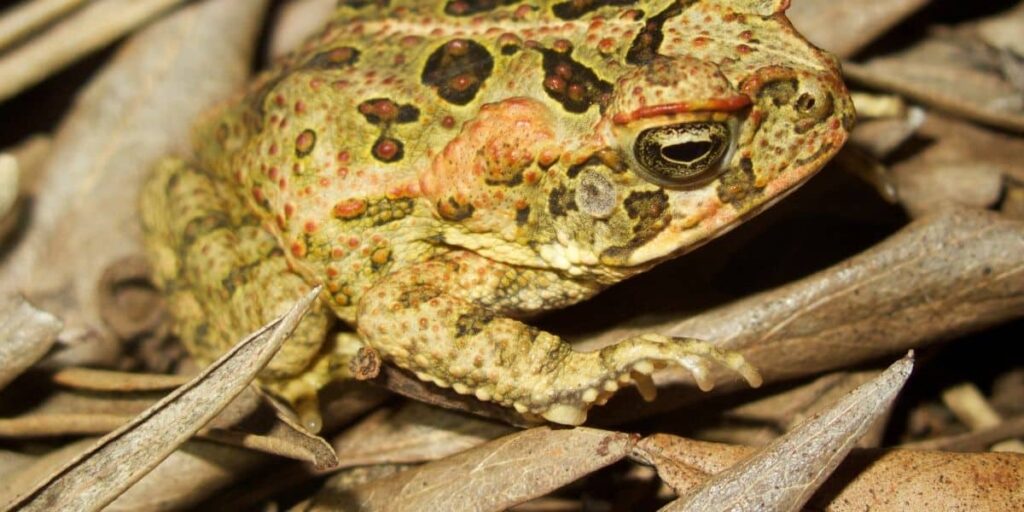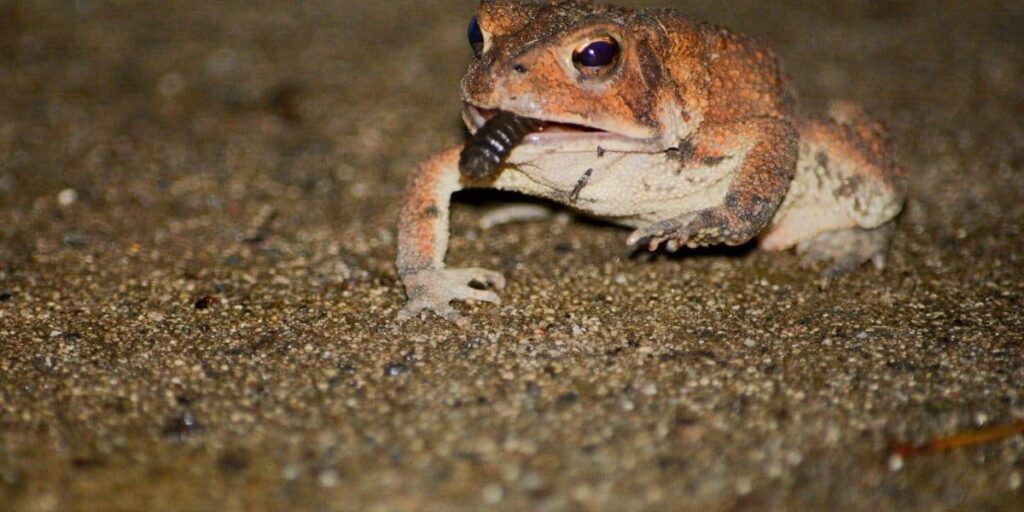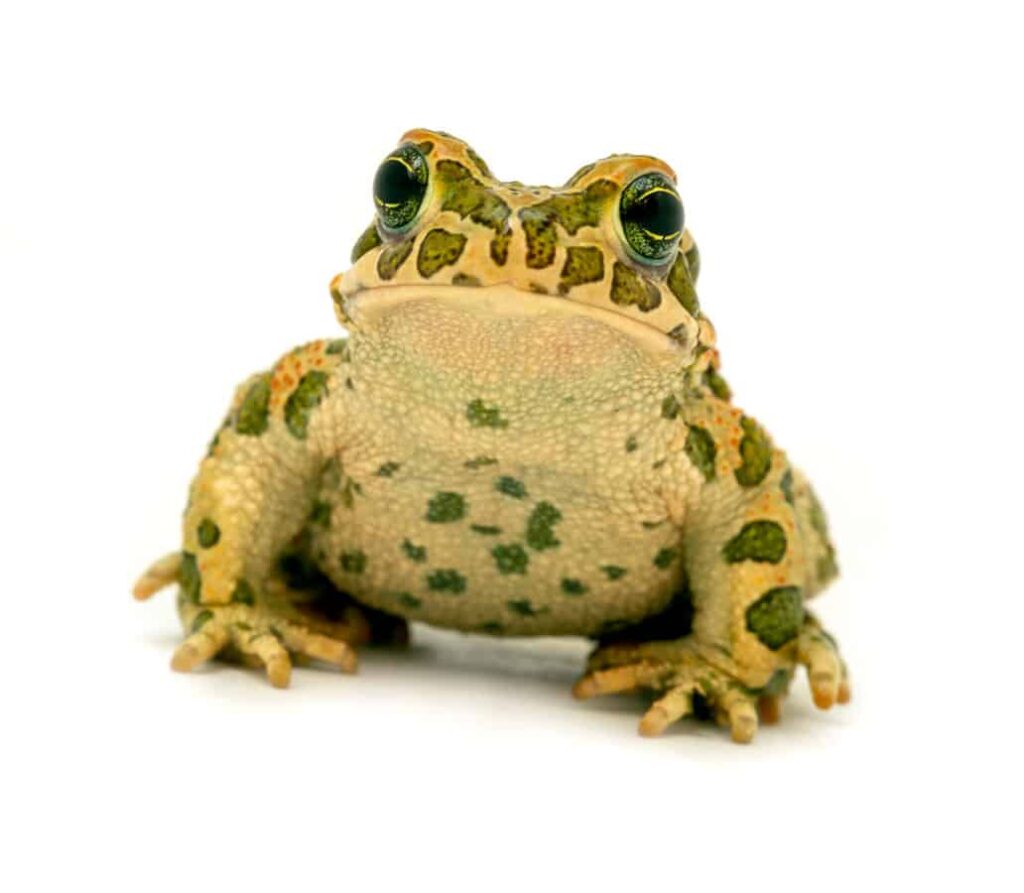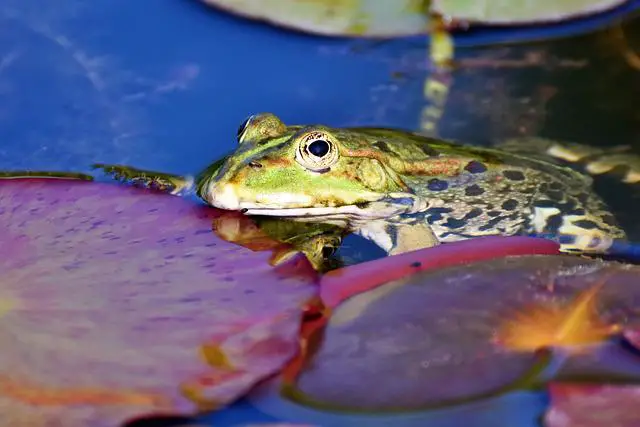Frogs take a lot of the limelight both in the wild and as domestic pet. But their close cousin, the toad, is an interesting little creature that makes an excellent pet.
If you’re thinking about getting your hands on a pet toad, then it is essential to provide it with the proper care and replicate its wild diet as closely as possible.
In the wild, toads eat a vast number of insects and invertebrates including spiders, ants, and slugs. In captivity, you can mimic this diet by providing crickets as well as a selection of worms that are widely available in pet stores across the world.
In this guide, we will be looking at what toads eat and how to provide your new pet with the best diet to help him thrive.
What Do Toads Eat In The Wild?
Toads can be found in almost every corner of the world and in some places are even considered to be a pest.
There was a significant outbreak of cane toads in Australia after they were brought to the ecosystem as a way of controlling beetles that would destroy sugar cane crops.
However, things got out of hand and the poor toads were no longer welcome. That said, this gives us an instant insight into the diet of the toad.

While there are many different species of toad, the diet of all of them remains pretty much consistent. Much like their froggy cousins, toads are opportunistic hunters and will feast on anything without being too fussy.
But with that said, there is one thing you should keep in mind; toads are carnivores and so their diet consists entirely of meat.
Toads will prey on a variety of insects and invertebrates which include slugs, worms, spiders, ants, and beetles. In larger species, it isn’t uncommon for toads to opt for slightly larger meals including small mammals like mice.
These big toads might also prey on small snakes and birds, if they can manage it.
In the wild, toads hunt during the hours of darkness and use their long sticky tongues to catch their prey. While they don’t do it all the time, it isn’t unheard of for a toad to feast on a smaller toad, if they need to.
Feeding Your Pet Toad
Of course, when you take on a pet toad, you won’t be able to release it into the garden at night and allow it to hunt. You’ll need to bring the diet to your toad and it is important that you ensure you provide the right foods to help your friend thrive.
Primarily, toad owners would do well to offer live crickets for their toad to hunt in the enclosure. These are available at almost every pet store in the world.
However, since wild toads have such a varied diet, it may be easy for your toad to become bored with eating the same foods every day.
But don’t let that be a concern to you since there are a range of other foods that you can feed to your toad.

Worms are a great treat for your toad and are packed with protein. That said, there are some varieties of worms that are high in fat and these should be given in moderation to avoid the toad becoming obese and suffering from the associated health problems.
Wax worms and meal worms are an excellent choice and just like crickets, these are very easy to source in your local pet store or online.
If you have a larger species of toad then you may wish to purchase some pinky mice to make sure that he gets his fill at mealtimes.
These are also available all over the place and can be brought live or frozen. While a lot of people may find it a little difficult offering live pinkies, this is generally better for the toad as they are used to hunting instinctively.
Some owners find that using frozen pinkies puts the toad off and they even ignore the food altogether not recognizing it as a meal owing to the lack of movement.
Supplements
If you have ever taken care of a reptile or amphibian before, you will be familiar with the idea of using a calcium supplement which usually comes in powder form.
This is imperative to the health of your toad and should not be missed out of his diet.
Before offering any meal, be sure to sprinkle it with calcium powder. In addition to this, you will want to use a multi-vitamin sprinkle a couple of times a week.
How Much Should I Feed My Toad?
Every animal is different and as such, there is no strict rule for how often you should feed your toad. The frequency of meals will largely depend on the age and size of the toad.
When they are juveniles, toads need to be feed at least once a day to ensure they grow into healthy adults. However, as they get bigger, they will need feeding less.
A fully grown toad may only need a meal two or three times a week but it is important to read your toad and work out when he might be feeling hungry.

That said, since they will just keep eating, you must make sure not to overfeed your pet.
A good rule of thumb for an adult toad is around six crickets per meal.
Of course, if you are offering other foods then you would create a portion that was similar in size to the equivalent of six crickets.
Generally speaking, when your toad is given a meal, he will devour it pretty quickly. If your toad has not eaten his meal within around 15 minutes, you should remove the food to prevent it from rotting in the enclosure.
Can I Give My Toad Insects From The Garden?
It is really important to only offer your toad foods that have been brought from the pet store or another reputable supplier such as a cricket breeder.
The reason for this is that insects found in the garden may contain parasites, diseases or may have fed on plants that are covered in pesticides.
If your toad eats these, it could cause a multitude of health problems and in the worst cases could prove to be fatal. If you are concerned about the cost of buying crickets and worms then be rest assured that these are incredibly affordable.
That said, it is entirely possible to breed your own crickets and have a continual food supply for your pet; you could even sell these to other owners to make a supplemental income.
Conclusion
Toads have a very varied diet when they live in the wild. It is important for pet owners to make sure that they offer the diversity and most importantly, the nutrition, that this diet would provide.
It is best to offer things like crickets and meal worms but if you have a larger toad then pinky mice are an excellent option.
Just remember to always coat the food in a suitable calcium powder to boost those important nutrients.
- Do Black Caiman Live in Groups? Exploring the Social Behavior of These Large Reptiles
- Do Black Caiman Have Predators? Exploring the Threats to This Amazonian Reptile
- Do Black Caiman Eat Toucans? Exploring the Diet of Black Caimans in the Wild
- Do Black Caiman Eat Sloths? The Truth About the Diet of Black Caiman
- Can a Black Caiman Kill a Human? Exploring the Predator’s Potentially Deadly Bite




